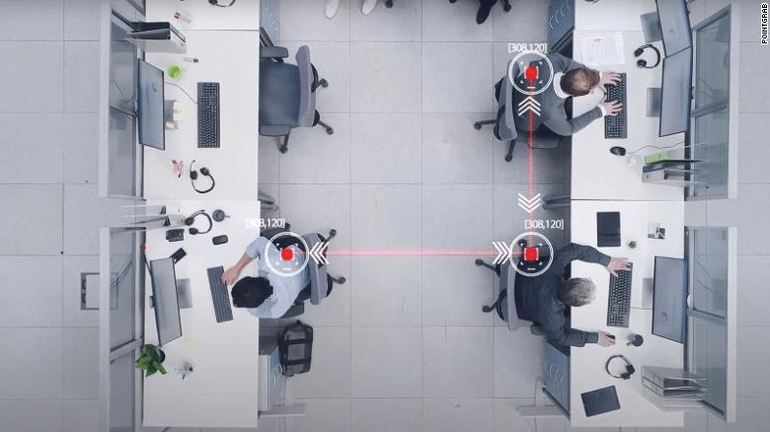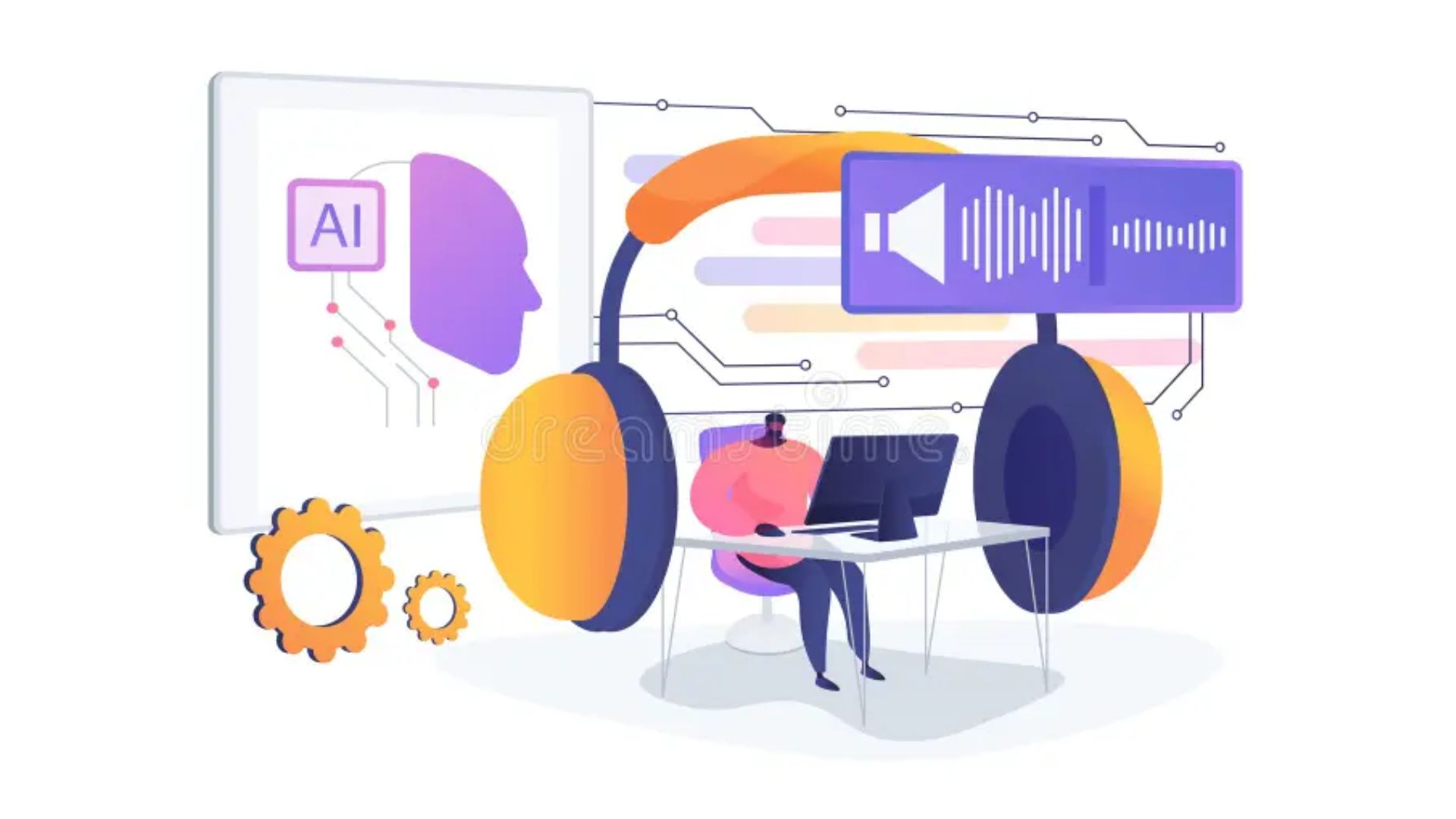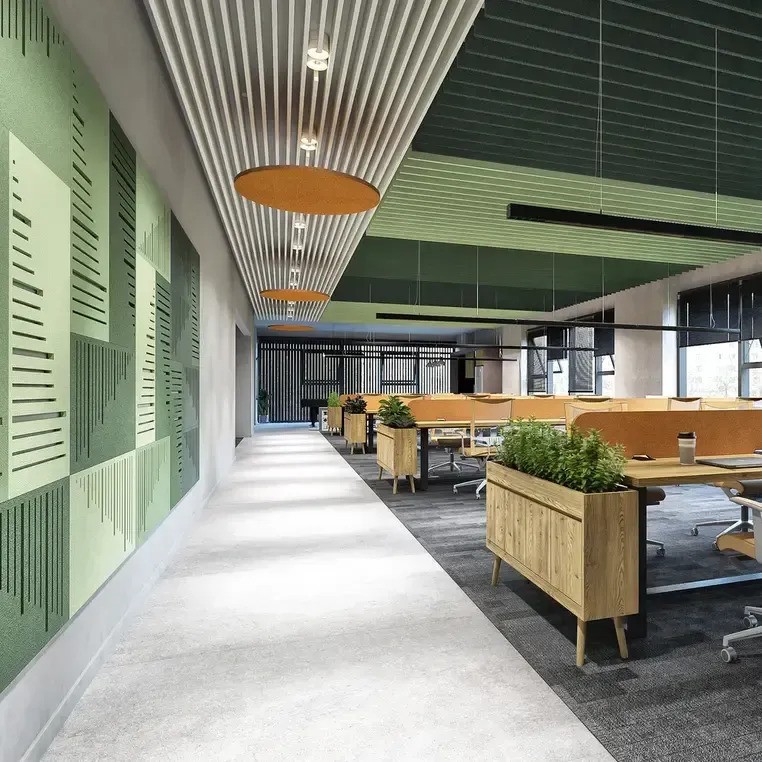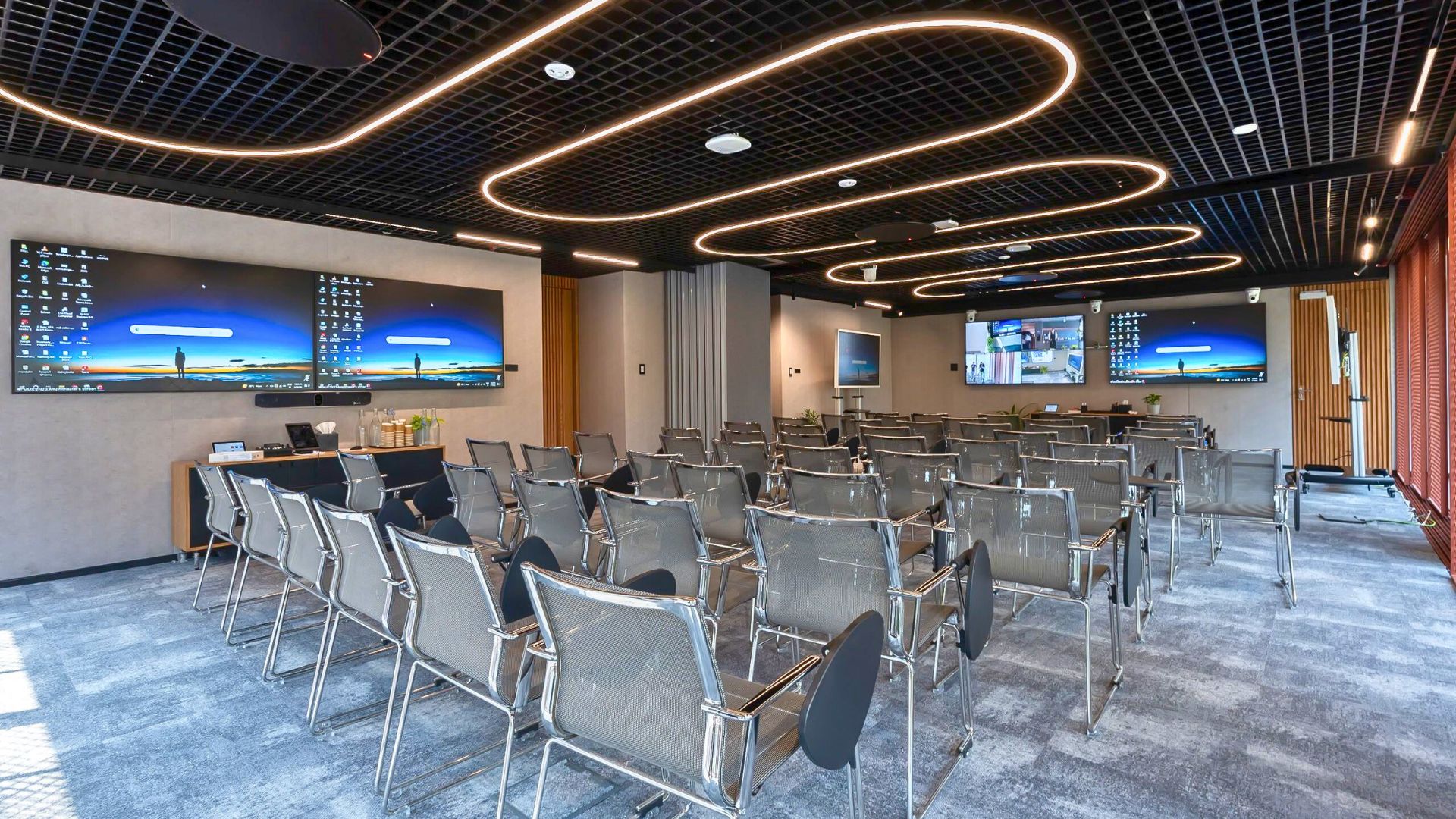Hybrid Work Movement
Change is inevitable! The pandemic forced us to adapt to working from home, a new reality that most of us struggled to cope with. Employees and companies alike have pivoted and adapted to the inevitable future of work to prioritize safety amid COVID-related concerns.During the 2020 lockdown, businesses began adopting a semi-hybrid model. Teams worked remotely while a few employees attended the office as needed.
By 2021, companies started building a true hybrid workplace culture. They introduced new processes and relied more on AV-based collaboration.
To manage this shift, many organizations developed Hybrid Work Environment Strategies. These strategies helped ensure smooth collaboration between remote and in-office teams.
Some businesses continued with 100% remote work and have not returned to their offices for over a year.
However, making work from home permanent for all employees is not a viable long-term option for most businesses. The recent lockdown and growing number of Covid-19 cases in several states across the country have impacted the safe return to work. The hybrid workplace model is super-relevant in today’s time more than ever. Businesses will eventually have to reopen and embrace a mixed approach of work from home, work from the office and also work from anywhere. The organizations that reopen will focus on employees’ safety and peace of mind considering the second wave of COVID. Most organizations need to consider tools for remote collaboration tools, wellness, human resources, and cybersecurity.
Here we will discuss how to enable employees to return to work with the power of technology to ensure smooth operations and to create a hybrid workplace.
Every employee returning to work worries whether their coworkers have been exposed to COVID-19. Several asymptomatic people become the cause for a wider spread of the virus. This fear exists among returning employees and affects both their productivity and satisfaction at the workplace. Many organizations that had reopened after the previous lockdown have already implemented health screenings. Using a sensor like Abtus enables thermal screening and alerts if anyone’s body temperature is abnormal. A few others, like Salesforce, use other means such as a daily wellness check-in survey. There are survey tools that organizations can use to enable alerts to the admin or security staff if a visitor does not meet entry requirements based on their responses to COVID-related questions.All organizations that are preparing to reopen should implement similar approaches to alleviate employee health concerns.</span></p>
Touchless Entry
The thought of having to sanitize anything you use or touch has become a norm owing to the pandemic. People are skeptical to touch doorknobs or lift panels due to their fear. Imagine if you can open the door with a gesture and command elevators without touching buttons! A lot of companies are experimenting with gesture detection technologies to enable this.Businesses that consider such technologies will be able to instill confidence among employees who are returning to work after a year of working from home.
Imagine if you can open the door with a gesture and command elevators without touching buttons! A lot of companies are experimenting with gesture detection technologies to enable this.Businesses that consider such technologies will be able to instill confidence among employees who are returning to work after a year of working from home. Businesses have been striving to implement social distancing at their workspaces. The offices that had reopened during the last year have implemented social distancing already. However, organizations returning to office after a year must carefully follow social distancing guidelines. Employees need to feel safe before returning for work or meetings. Usage of technology solutions such as sensors to monitor occupancy and to raise alarms if over-crowding happens will address employee concerns on social distancing. When offices reopen this time, organizations need to implement a greater level of diligence to be able to give their employees peace of mind.
Businesses have been striving to implement social distancing at their workspaces. The offices that had reopened during the last year have implemented social distancing already. However, organizations returning to office after a year must carefully follow social distancing guidelines. Employees need to feel safe before returning for work or meetings. Usage of technology solutions such as sensors to monitor occupancy and to raise alarms if over-crowding happens will address employee concerns on social distancing. When offices reopen this time, organizations need to implement a greater level of diligence to be able to give their employees peace of mind.
Remote Collaboration

Organizations will continue adopting a hybrid workplace model post-reopening. This helps maintain social distancing and allows employees to work from home. Virtual collaboration tools like Zoom, Microsoft Teams, and Kaptivo will remain in high use. Organizations rely on these platforms to connect with their remote teams. However, effective communication could be hindered due to the poor choice or integration of tools, thereby impacting productivity and efficiency.
This challenge impacts the hybrid workplace model. Organizations must resolve it to ensure smooth communication among team members.
Employee Engagement Tools
With the isolated work from home environment, the human in-person connection between team members has diminished over time. It along with other factors has impacted the mental health of employees.With organizations adopting hybrid working as the future of their workplaces, human resources professionals are required to put in extra effort to keep their employees emotionally connected with their organization through employee engagement strategies and tools such as OMBEA.Every business needs to address the growing mental health concern to show that they care about their employees which in turn will increase their commitment and equip them to handle their current reality</span></span></p>
Get Hybrid Ready
Prepare your organization to transition into a true hybrid</a> workplace model. As offices reopen post-lockdown, organizations must ensure safety and readiness. Employees returning for meetings or working onsite need a secure environment. This approach fosters a happier, more productive, and motivated workforce.If you have any questions on the implementation of several technology ideas discussed in this article, reach out to us for a free consultation call with our solution expert today.














